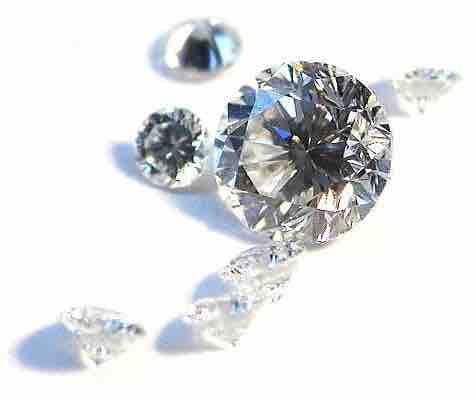Control over natural resources that are critical to the production of a good is one source of monopoly power. Single ownership over a resource gives the owner of the resource the power to raise the market price of a good over marginal cost without losing customers to competitors. In other words, resource control allows the controller to charge economic rent. This is a classic outcome of imperfectly competitive markets.
A classic example of a monopoly based on resource control is De Beers . De Beers Consolidated Mines were founded in 1888 in South Africa as an amalgamation of a number of individual diamond mining operations. De Beers had a monopoly over the production of diamonds for most of the 20th century, and it used its dominant position to manipulate the international diamond market. It convinced independent producers to join its single channel monopoly. In instances when producers refused to join, De Beers flooded the market with diamonds similar to the ones they were producing. De Beers also purchased and stockpiled diamonds produced by other manufacturers in order to control prices through supply. The De Beers model changed at the turn of the 21st century, when diamond producers from Russia, Canada, and Australia started to distribute diamonds outside of the De Beers channel. The sale of diamonds also suffered from rising awareness about blood diamonds. De Beers' market share fell from as high as 90 percent in the 1980s to less than 40 percent in 2012.

Diamonds
For most of the 20th century, De Beers had monopoly power over the world market for diamonds.
In practice, monopolies rarely arise because of control over natural resources. Economies are large, usually with multiple people owning resources. International trade is an additional source of competition for owners of natural resources.